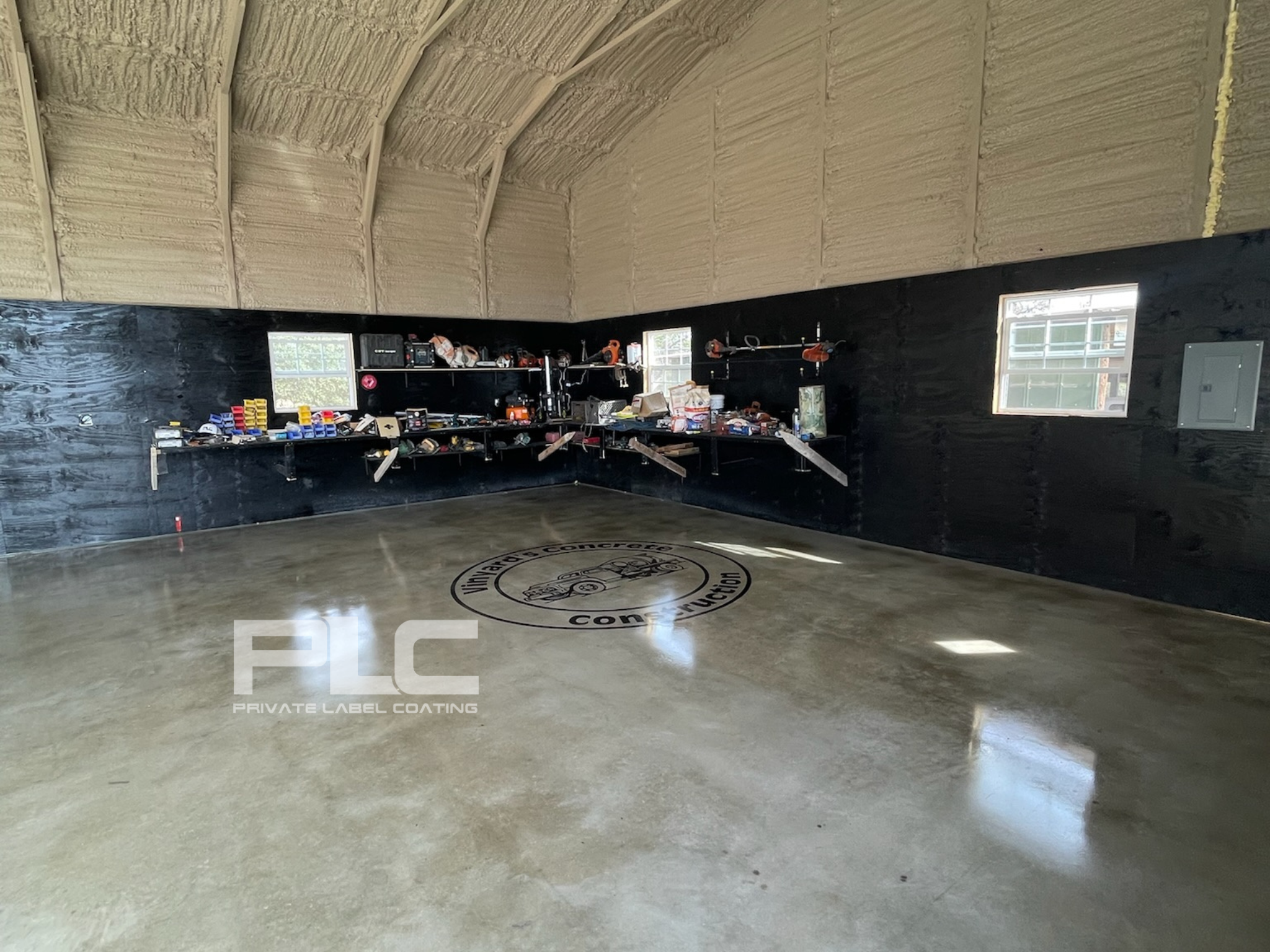General Considerations for Scheduling
Exposed concrete floors demand a unique process compared to tile, wood, or carpet. If the floors need scoring or aggregate exposure, ideally, this should occur before framing. While it’s possible to work with walls already up, it’s preferable to handle this on an open slab.
Floor grinding involves progressively finer abrasives—a process known as honing and polishing. Honing, staining, densifying, polishing, and stain-guarding should be scheduled after the structure is fully dried-in but before drywall installation. These are wet and messy processes, and finishing them early reduces the risk of damaging unprocessed concrete.
Once these steps are complete, temporary floor protection should be applied. Avoid taping directly to the concrete by using a thin paper around the perimeter, which can double as masking when trim is painted. If the drywall team leaves a mess or the trim carpenter needs the old paper removed, ensure it’s promptly replaced.
Early engagement is key; some client requests may require coordination at the concrete placement stage.
Concrete Placement Tips
Control joints are often under-specified in residential construction. For better results, cut control joints at least 1/4 of the slab depth within the first 24 hours, and consider adding tensile strength with a second layer of reinforcement near the slab’s surface.
For a deeper understanding of mix design and curing, refer to resources like the Portland Cement Association’s videos. When working with your concrete team, ask questions that draw out their best work and consider offering incentives, like pizza or beer, to encourage quality work throughout the day.
Avoid curing blankets; water curing is ideal. You can create a 1” pond over the slab or use a sprinkler, ensuring the slab stays hydrated. Let your team handle the process they are most comfortable with, but consider ordering a more cement-rich mix for the interior slab to ensure a better finish.
Tips for Framing
Do not stack lumber on the slab longer than necessary, as it can cause discoloration. Avoid spilling air-tool oil on the slab, as it seals the concrete, preventing stains. Clean any spills promptly and use blue chalk instead of red, as red chalk can bond chemically to the concrete.
Tips for MEP (Mechanical, Electrical, and Plumbing)
Install conduits under the reinforcement during the slab rough-in. If you miss a slab penetration, notify us early, and we can offer creative solutions that might even enhance the client’s satisfaction.
Tips for Spray Foam Installation
Ideally, install spray foam insulation after our work is complete to avoid complications. If you must install before us, ensure the floor is properly masked.
Tips for Trim Carpentry
If drywall leaves a mess, and you want to avoid installing trim on textured paper, replace the paper instead of just removing it. We can assist with this work if needed. When setting cabinets that will be finished in place, replace ram-board with paper to function as masking.
Tips for Painting
Avoid taping directly to the floor, and if you must, remove the tape as soon as possible. A spray shield and solvent-soaked rag can fix mistakes without causing damage to the floor finish.
Tips for Masonry
When working indoors, use OSB or similar material over ram-board to protect the floor from falling debris. Avoid taping directly to indoor floors, and if working outdoors on acid-stained concrete sealed with acrylic, limit taping to seven days or less.
Tips for the Final Polish
Schedule the final polish after appliances are installed and during the final cleaning phase. This step is optional, depending on whether you prefer a matte finish or want the additional shine from the final polish. The final polish process is more about detailing than a full refinish, and it should be timed to avoid the need for a repeat polish.They walked out onto the deck. All the buildings and smoke had vanished, and the ship was in a vast expanse of sea, fresh and clear yet faint in the morning light.
They had departed from the city lying in the mud. A very thin silhouette stretched on the horizon, barely strong enough to support the weight of a distant city, which still lay upon it. They were free from paths, free from people, and a shared sense of liberation filled them all.

